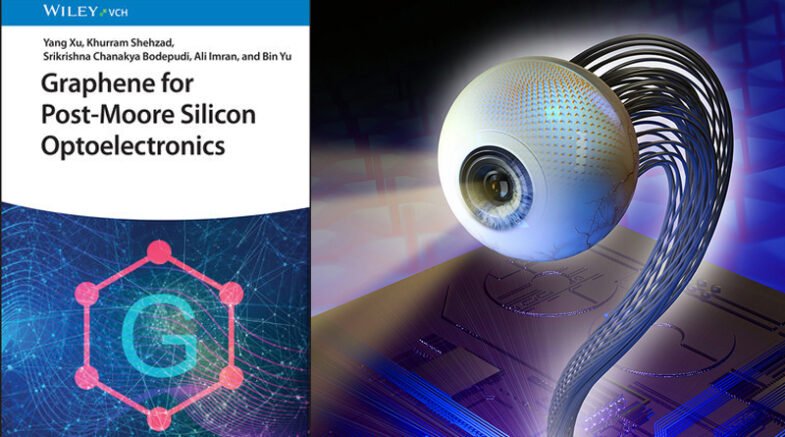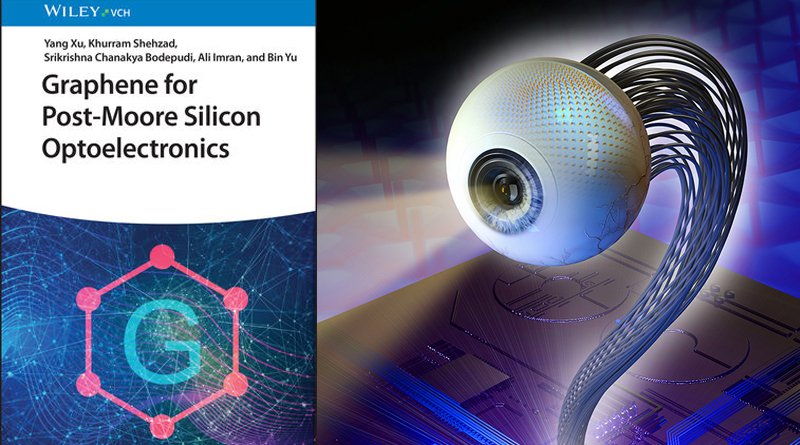Researcher Dr. Ali Imran and his team at the university’s School of Micro and Nano Electronics specialize in graphene-based, bio-inspired, neuromorphic vision sensors.

Chinese research team and a young Pakistani student Dr. Ali Imran are working hard to develop an artificial retina for human eyes that can look directly at the sun, see in the dark at night, and withstand strong ultraviolet rays, but cannot differentiate between different colors.
Chinese research team and a young Pakistani Ph.D. student, Dr. Ali Imran at Zhejiang University in Hangzhou, China, collaborated to write the book Graphene for Post-Moore Silicon Optoelectronics.
Researcher Dr. Ali Imran and his team at the university’s School of Micro and Nano Electronics specialize in graphene-based, bio-inspired, neuromorphic vision sensors.
Speaking to the media, the co-author of the book and researcher on neuromorphic devices at the Hangzhou Global Technology and Innovation Center, Dr. Ali Imran, expressed his happiness at using his knowledge and research to advance humanity, saying, “Our research will make human life easier and more comfortable.”
He added that it was an honor for him to use his research to strengthen ties between Pakistan and China.
The artificial eyes can be used for a variety of purposes, including facial recognition, security, robotics, military vehicles, radars, and cameras.
The developments in this new area of research have been compiled in their just-released book. For researchers and university instructors, the book is brimming with the most recent details about graphene and its use in neuromorphic computation and machine vision.
Dr. Ali Imran encouraged the young Pakistani researchers to continue their work in China to advance technology in Pakistan.
Following a chapter on the growth, transfer, and physics of graphene/silicon junctions, the book goes on to provide an introduction to graphene for silicon optoelectronics. A specific Gr/Si application is covered in each of the succeeding chapters, such as high-performance photodetectors, solar energy harvesting devices, and hybrid waveguide devices.
An analysis of the challenges and opportunities facing Gr/Si optoelectronics in the future, including the emergence of wafer-scale systems and neuromorphic optoelectronics, is provided in the book’s conclusion.
